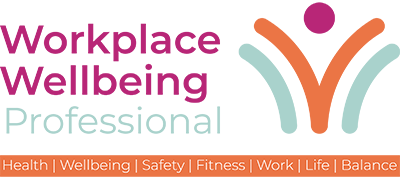The Health and Safety Executive (HSE), the UK’s national regulator for workplace health and safety, marked its 50th anniversary on January 1, 2025. The milestone commemorates five decades of efforts to enforce health and safety legislation and to protect workers across the UK.
The HSE was established on the first day of 1975, following the landmark introduction of the Health and Safety at Work Act 1974 (HSWA), which celebrated its 50th anniversary last July.
The HSWA was a revolutionary piece of legislation, designed to provide a comprehensive framework for workplace health and safety. It placed clear responsibilities on employers to safeguard their workers’ welfare, ensuring that workplaces across the UK adhered to rigorous standards.
The creation of the HSE consolidated various regulatory bodies under one organisation, streamlining efforts to implement and enforce these new standards. Over the decades, the HSE has grown to become a cornerstone of workplace safety in Britain, overseeing sectors as diverse as construction, healthcare and agriculture.
A Legacy of Achievement
British Safety Council chief executive Mike Robinson hailed the HSE’s significant contributions over the past 50 years, noting its role in dramatically reducing workplace fatalities and injuries.
“As Britain’s national regulator for workplace health and safety, HSE has played a key role in helping to bring down numbers of people killed or injured at work in the UK over the past half century,” said Robinson. He added that it “should be recognised for its hard work in upholding the principles of the ground-breaking Health and Safety at Work Act 1974.”
The statistics underscore this achievement. According to HSE data, workplace fatalities have declined substantially since the organisation’s inception. For example, in 1974, the year before the HSE was established, over 650 workers were killed on the job. By 2023/24, the number had decreased to 138 — a testament to the progress made.
Challenges Remain
Despite the strides taken, challenges persist. The most recent figures, for 2023/24, show an increase in workplace fatalities on the previous year’s total: 138 compared to 135. Non-fatal injuries have also seen an upward trend, highlighting the need for renewed focus and resources.
Robinson stressed the importance of continued investment in the HSE: “Reversing this will require HSE to be given the resources it needs to ensure that there is no rowing back on the progress that has been made since the 1970s. The health, safety and wellbeing of workers must remain a priority as we look to the next 50 years.”
The Future of Workplace Safety
Looking ahead, the HSE faces new and evolving challenges. The changing nature of work, including the rise of remote working and the gig economy, presents unique health and safety considerations. And technological advancements such as artificial intelligence and automation bring opportunities for safer workplaces but also raise questions about regulatory adaptation and worker satisfaction.
The organisation is also increasingly focused on mental health and wellbeing, reflecting a broader societal understanding of the importance of holistic health in the workplace.


